Every year, there are a few drinks that bartenders and writers fall in love with. Folks like me run around telling everyone how great they are and sometimes, unfortunately, people listen – we’re still apologising for the gin boom. However, there’s one category that’s always in favour with at least the ‘professional drinkers’ (us) which everyone else (you) never seems to jump on: vermouth and the rest of the spectrum of aromatised wines.
If you’re wondering what we mean by aromatised wines and vermouth, check out our What are Aromatised Wine? and What is Vermouth? guides. In short – wine flavoured with herbs and spices. While vermouth is strictly a type of aromatised wine, we use the terms interchangeably below. We need a better name for the category, although I like ‘vermouth and friends’.
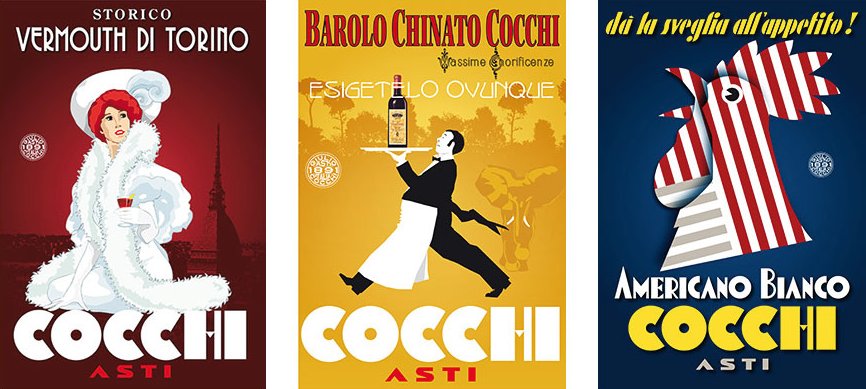
Cocchi: makers of fine vermouth, aromatised wines and even a bit of fizz
Recently, I sat down with Roberto Bava, the guy behind both Cocchi and Chazalettes, to pick his brain on how to get more people drinking vermouth. As he spends almost his entire life on the road, drinking and sharing his vermouth, he had a few insights, notably: ‘We have a problem in getting people to try it, as people see the bottle but don’t have courage to taste.’ Be brave and have a go.
Have a Spritz
One of the most famous Italian drinks is the humble Spritz. The most classic of aperitivi – aperitifs – it’s a combination of wine (maybe sparkling) with something bitter and some soda water. Vermouth and its friends are an excellent base, fulfilling both the wine and bitters part of the recipe.
Traditionally, white aromatised wines are the way to go, with Cocchi Americano maybe the most classic choice. While a mix of Americano and soda water or Prosecco, garnished with a slice of orange, is the default tasty approach to making the drink, don’t be afraid to jazz it up a bit:
Cocchi Americano Spritz
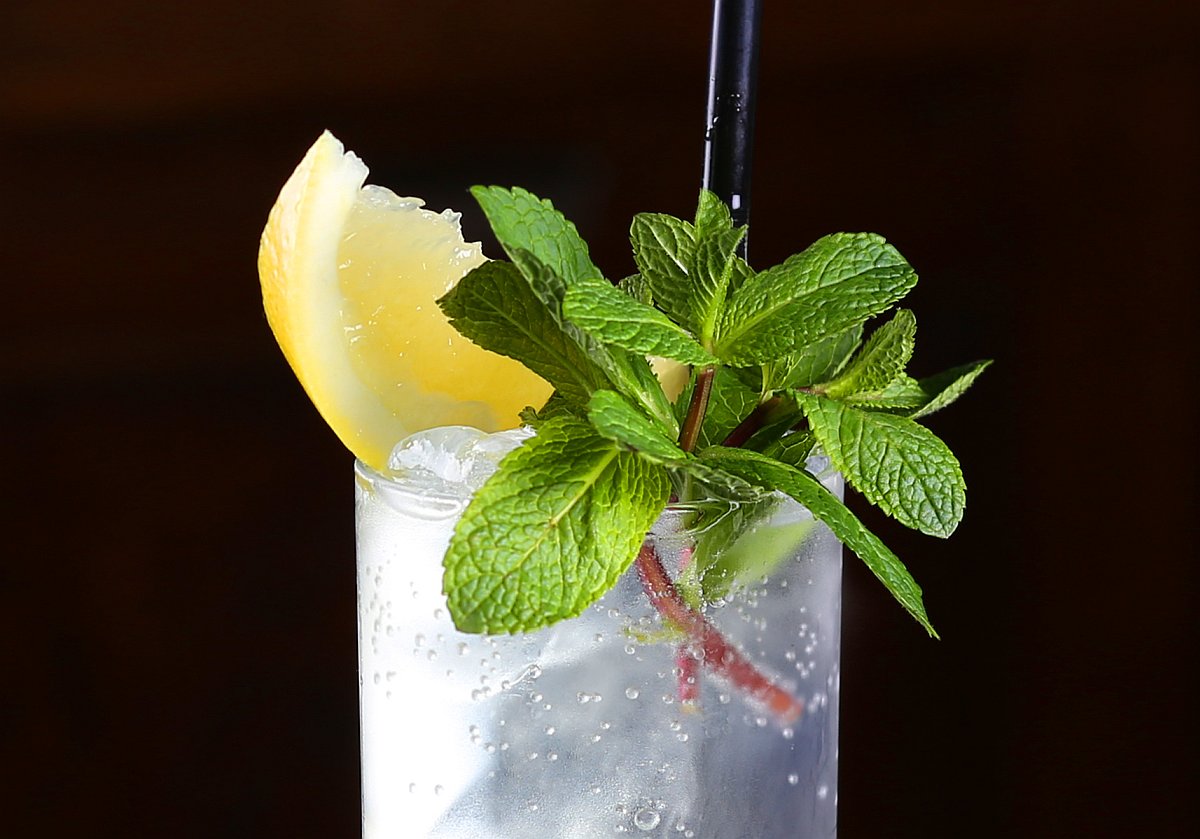
60ml Cocchi Americano
20ml grapefruit juice
Prosecco to top up the glass
grapefruit wedge
mint sprig
ice cubes
Add the Americano and grapefruit juice to the glass and fill it with ice cubes. Top up with Prosecco and garnish with the mint sprig and grapefruit slice.
Mix things up
‘Getting more people to drink vermouth? This is my challenge. For me, I see people not drinking it. But how do the people who do drink it drink it? Mixed. V&T: vermouth and tonic’ – Roberto Bava
Tonic water is in. Not only for gin and vodka, stalwarts of mixing that they are, but also for vermouth, brandy and, scarily, whisk(e)y – Jim Beam even has a ‘recipe’ on its website.
Tonic is bitter on its own, so a sweeter base is probably a good idea, unless you’re a big fan of the metallic bite of quinine, like I am. Again, a white vermouth or aromatised wine is your best bet, and we’d go for something like Chazalettes Bianco, Mancino Bianco or Martini Bianco – big in the 1980s, but still tasty.
Stir a cocktail
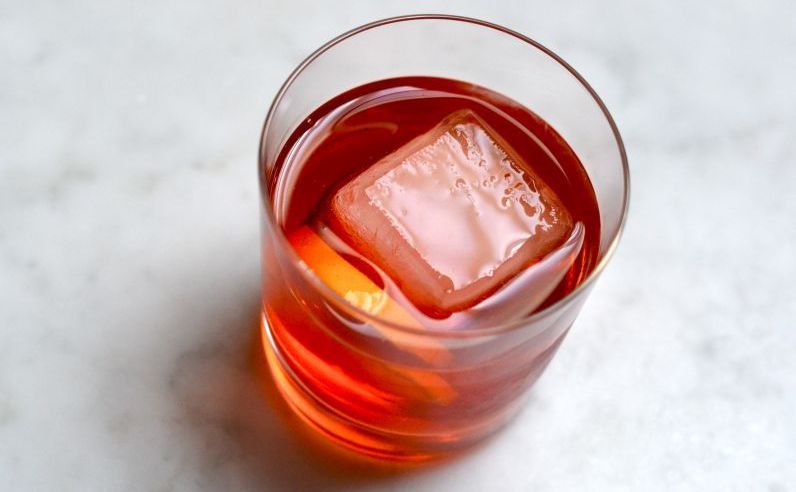
The Negroni: one of my go-to vermouth cocktails
Vermouth and aromatised wines are the backbone of classic cocktails, hence the yearly buzz about them from bartenders. We love cocktails at The Whisky Exchange and have written loads of blog posts about them before, so here are a few places to start from to explore the world of vermouth in cocktails:
Aperitivo Cocktails
The Modern Martini
Campari and the Negroni
Drink it on its own
There are a wide variety of vermouths, and they are not all designed to be drunk on their own. But, if you want to experience the purest essence of a vermouth’s character, it’s the way to go.
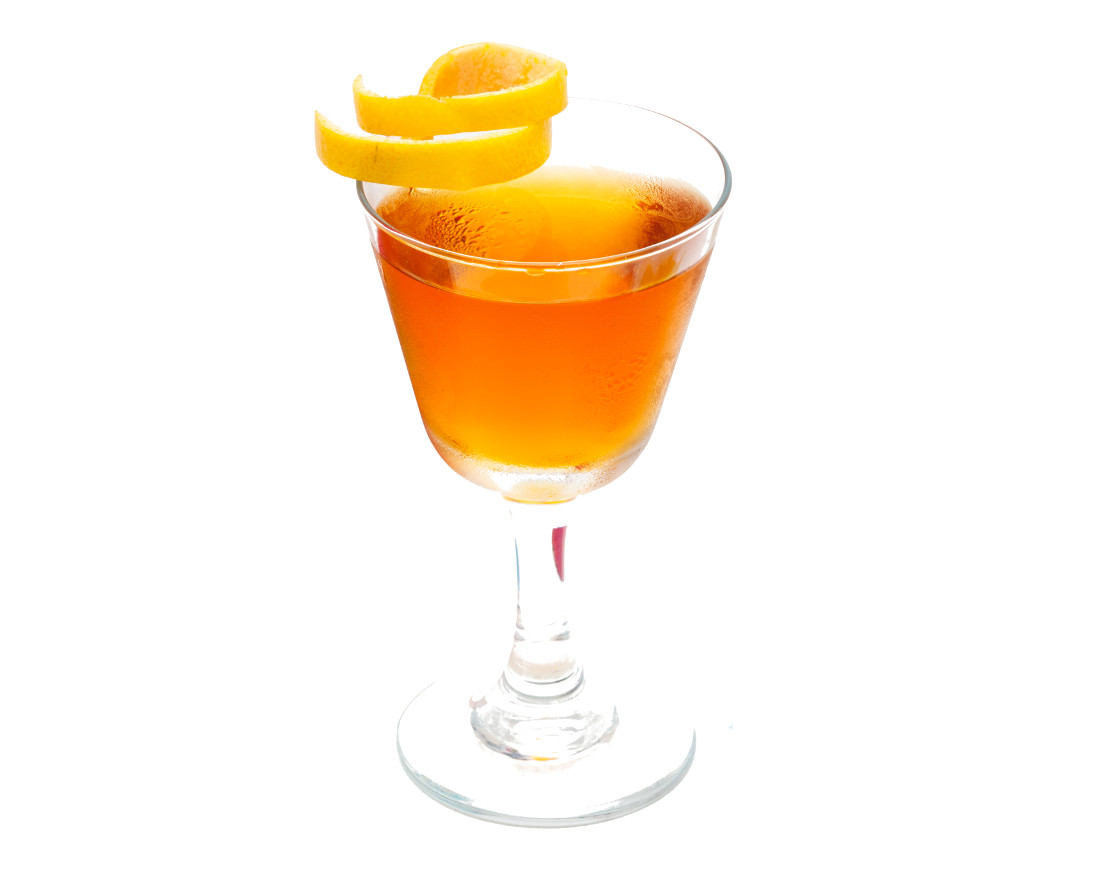
Vermouth: on its own
As Roberto Bava told me: ‘I like the idea that if it is very good, vermouth can be drunk on its own: very chilled, zest of lemon, Nick and Nora glass; that’s it.’
The Whisky Exchange website has an extensive range of vermouth and aromatised wines. Get stuck in…




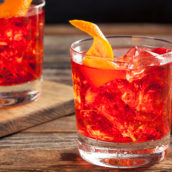
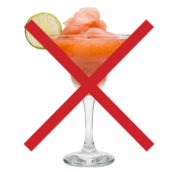




 Enjoy responsibly
Enjoy responsibly
Comments
[…] the classic accompaniment to gin and vodka, it can also work with a wide variety of other drinks: vermouth, bourbon (although we’re still in two minds about this…) and Cognac. As Ed says: […]